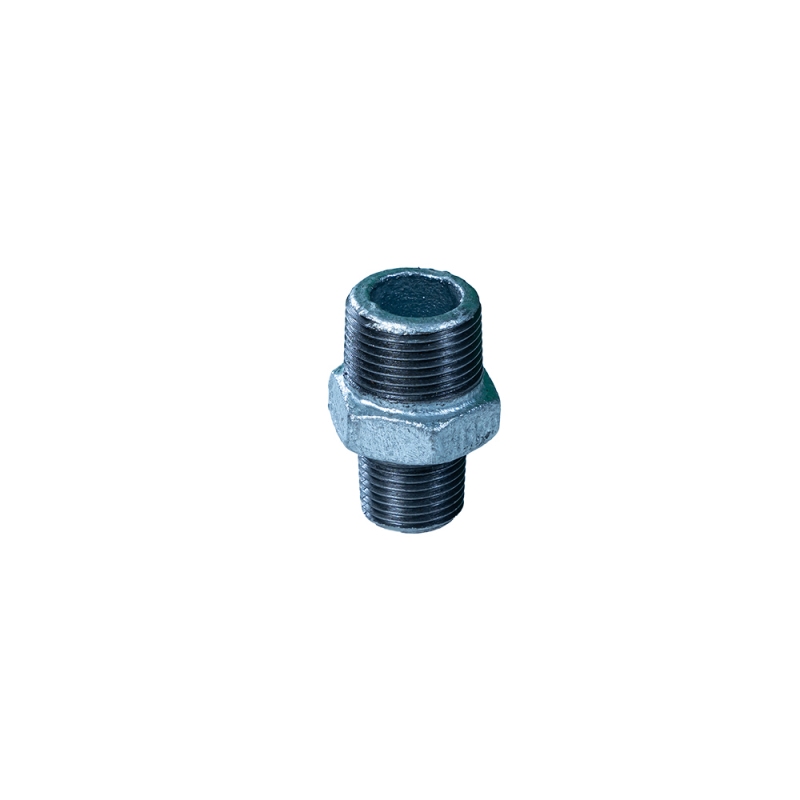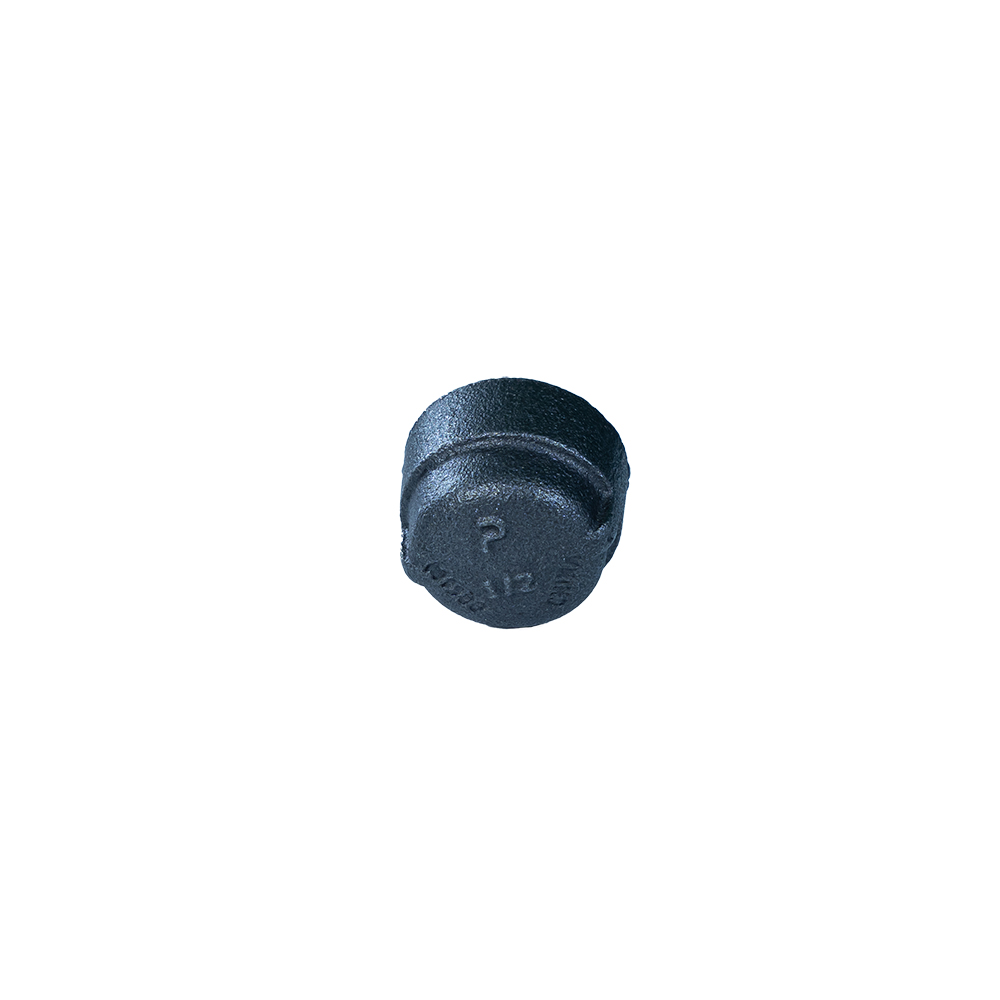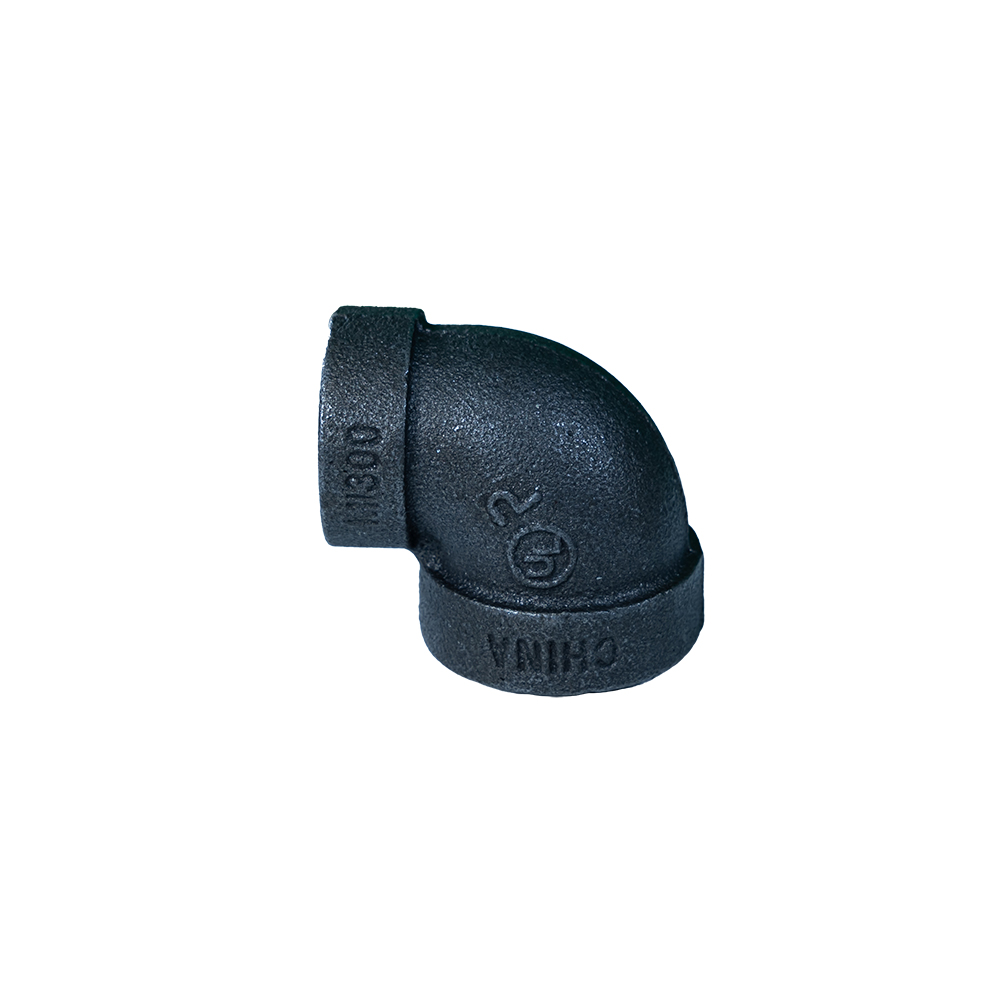Why Galvanized Pipe Fittings Still Reign in Industrial Applications
Having spent many years on-site and in warehouses sorting out the best pipe fitting solutions, I can tell you the humble galvanized pipe fittings continue to be the go-to option for various industries. Sure, technology marches on, and stainless steel or even plastic sometimes take the stage, but when you really want durable, corrosion-resistant connectors that won’t break the bank, galvanized steel fits the bill.
For those new to this, the galvanization process isn’t rocket science but makes all the difference. It’s basically dipping carbon steel into a molten zinc bath, which creates a protective layer that fights rust hard—especially in outdoor or industrial environments. Oddly enough, this simple step boosts a pipe fitting's lifespan significantly, which is why I almost always recommend it when clients need longevity without lofty costs.
What Sets Quality Galvanized Pipe Fittings Apart?
Over the years, I’ve learned that not all galvanized fittings are born equal. Some may look similar on paper, but manufacturing precision, zinc coating thickness, threading accuracy, and tensile strength are what separate pro-grade fittings from the rest. Many engineers say feeling that snug, rock-solid fit during installation is like the benchmark of quality—and honestly, I agree.
Material-wise, carbon steel is the backbone. But there’s also customization to consider. Some vendors offer fittings with thicker zinc layers (like hot-dip galvanizing), while others provide cold galvanizing that’s... cheaper but less durable. My preference strongly leans towards hot-dip varieties for anything exposed to moisture or chemicals—otherwise, why bother?
| Specification | Details |
|---|---|
| Material | Carbon Steel with Hot-Dip Zinc Coating |
| Corrosion Resistance | Up to 30 years outdoors, depending on environment |
| Applicable Sizes | 1/8 inch to 4 inches (NPT standard) |
| Thread Type | NPT (National Pipe Thread) |
| Pressure Rating | Up to 3000 psi (varies by fitting type) |
Comparing Galvanized Fitting Vendors: What to Watch For
In the world of pipe fittings, I've seen plenty of vendors pitching their products as the "ultimate" solution. But based on my experience—and a fair number of frustrating projects—here's how to size them up in real terms.
| Vendor | Coating Process | Product Range | Price Level | Lead Time | Customer Support |
|---|---|---|---|---|---|
| Pannext | Hot-Dip Galvanized | Extensive (1/8" to 4") | Mid-range | 1-2 weeks | Responsive & knowledgeable |
| SteelFit Co. | Cold Galvanized | Moderate | Lower | 2-3 weeks | Average |
| IronLink Supplies | Hot-Dip Galvanized | Broad | Higher | 1 week | Solid but less flexible |
In real terms, I’ve seen Pannext’s fittings hold up especially well in harsh weather conditions over multiple projects—rain, salty air, even some chemical plants where the moisture levels bounced unpredictably. Their customer support folks? They don’t just talk specs; they listen to real issues in the field. That's probably why I keep going back.
A Quick Word on Installation and Performance
You know, sometimes folks overlook the fitting process, but I can’t stress enough how crucial it is to ensure proper threading and torque. Over-tightening or using the wrong thread sealant can make even the best galvanized fitting fail prematurely. It happened to a client once — they went cheap on sealant, and guess what? Leak city. It was a mess but an eye-opener.
That said, once you get the fit and sealing right, these fittings practically laugh at corrosion. They’re sturdy enough to take vibrations, pressure fluctuations, and even minor mechanical abuse—no fuss, no drama. It definitely feels like a trustworthy partner for any piping system.
So, if you’re in the market and want something with a proven track record and manufacturer reliability, check out galvanized pipe fittings. I’m sure you’ll find the balance of durability, price, and availability refreshing.
Cheers to fittings that don’t quit halfway through the job...
References and Thoughts:
1. Field experiences with galvanized steel over 15 years in industrial piping.
2. Material specs from various manufacturer datasheets and ASTM standards.
3. Conversations with engineers and installers about corrosion rates and product longevity.
Post time: Nov-13-2025









